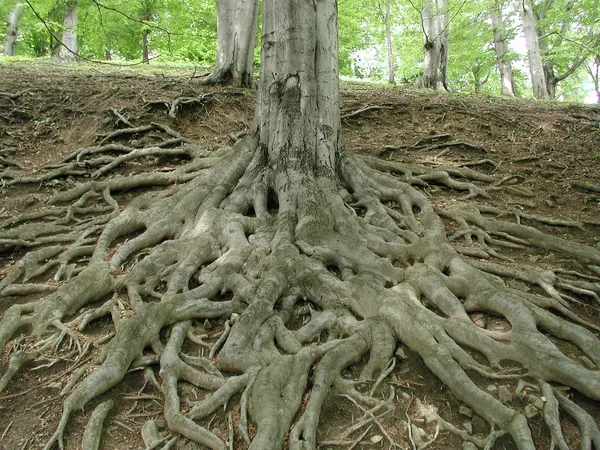
Uncovering the Hidden Depths: How Plants Are Revolutionizing Carbon Storage
2025-06-17
Author: Wei
Shocking Discoveries Beneath Our Feet
When we think about plants, we often picture their lush foliage reaching for the sun, but it’s what's happening underground that may hold the key to our climate crisis. A groundbreaking study published in **Nature Communications** has unveiled a surprising truth: many plants have a hidden network of roots that dive deeper than we ever imagined—including over three feet beneath the surface. This revelation challenges the long-held belief that root systems decline as they go deeper.
A Deeper Understanding of Carbon Storage
Led by Mingzhen Lu from New York University, the multi-institutional research team explored rooting depths using data from the **National Ecological Observatory Network (NEON)**. This database provided insights from soil samples collected 6.5 feet below ground, offering a panoramic view of rooting patterns across diverse ecosystems, from the icy Alaskan tundra to the tropical rainforests of Puerto Rico.
New Insights into Ecosystem Dynamics
The study spotlighted three pivotal questions focusing on how plants access resources and adapt to environmental changes. The findings revealed a fascinating phenomenon known as 'bimodality'—where nearly 20% of ecosystems showcased roots that peaked at two different depths. This means plants are not just surviving but innovating, tapping into additional nutrient-rich layers of soil that were previously overlooked.
Implications for Climate Change Mitigation
With CO2 levels soaring to an 800,000-year high, these discoveries are timely. Deeper roots could be vital for long-term carbon storage, as harsher underground conditions may hinder microbes from releasing carbon back into the atmosphere. However, the research also warns that these deeper roots could have mixed effects—under certain conditions, they might even stimulate harmful soil microbes.
A Call for a Shift in Ecological Research
This pivotal research not only alters our perception of plant biology but also holds profound implications for how we understand and manage ecosystems in a rapidly changing climate. Lu urges scientists and policymakers alike to shift their focus downwards: "We need to explore these overlooked soil layers—hidden beneath our feet may be the keys to understanding and enriching our ecosystems."
A Brighter Future?
As we face the daunting realities of climate change, this study illuminates a glimmer of hope. It suggests that plants may be playing a more significant role in mitigating climate issues than we ever thought. If we dig deeper—both literally and metaphorically—we might just unlock the full potential of our green allies in the quest for a sustainable future.






 Brasil (PT)
Brasil (PT)
 Canada (EN)
Canada (EN)
 Chile (ES)
Chile (ES)
 Česko (CS)
Česko (CS)
 대한민국 (KO)
대한민국 (KO)
 España (ES)
España (ES)
 France (FR)
France (FR)
 Hong Kong (EN)
Hong Kong (EN)
 Italia (IT)
Italia (IT)
 日本 (JA)
日本 (JA)
 Magyarország (HU)
Magyarország (HU)
 Norge (NO)
Norge (NO)
 Polska (PL)
Polska (PL)
 Schweiz (DE)
Schweiz (DE)
 Singapore (EN)
Singapore (EN)
 Sverige (SV)
Sverige (SV)
 Suomi (FI)
Suomi (FI)
 Türkiye (TR)
Türkiye (TR)
 الإمارات العربية المتحدة (AR)
الإمارات العربية المتحدة (AR)